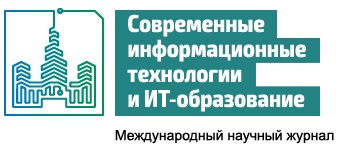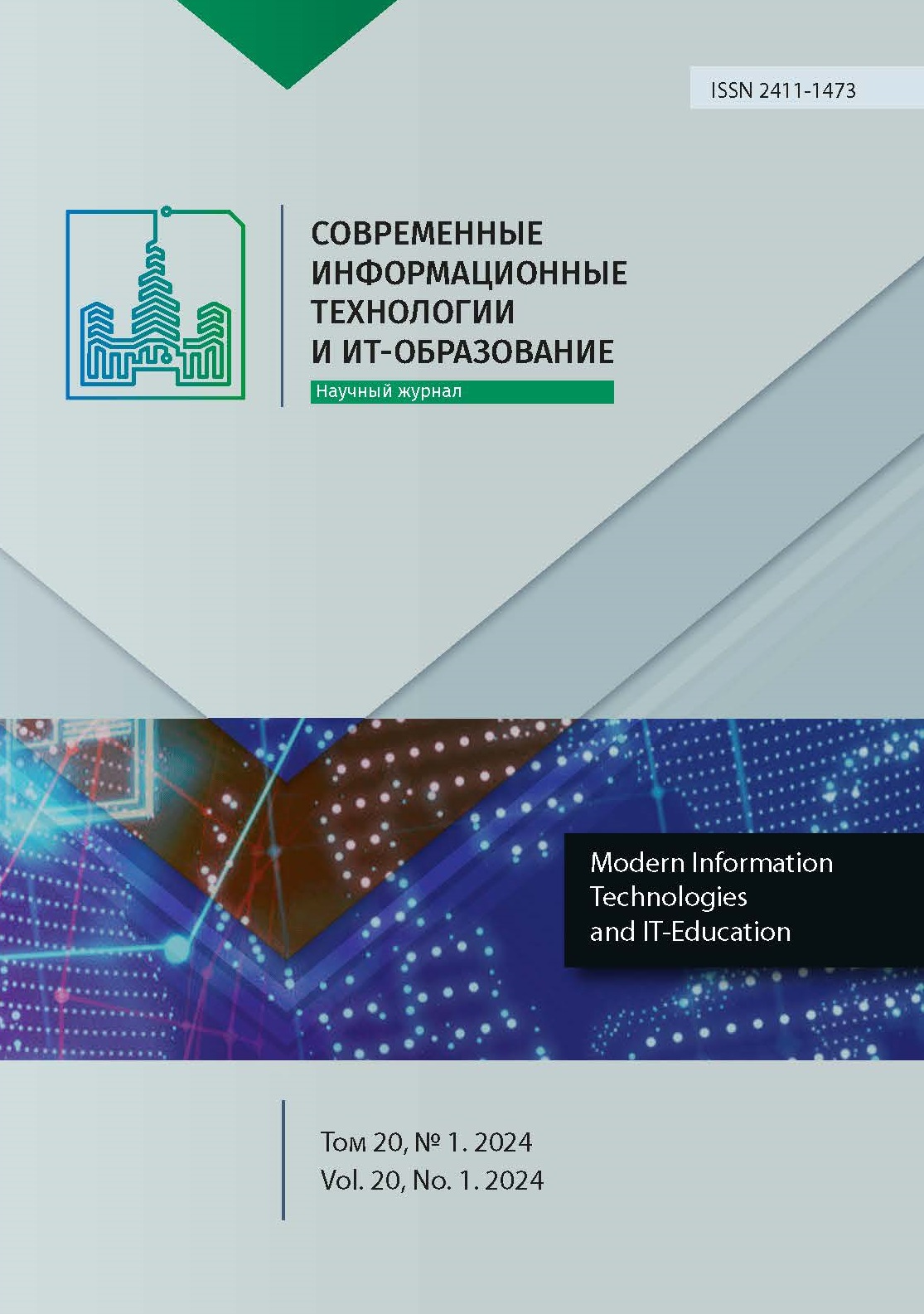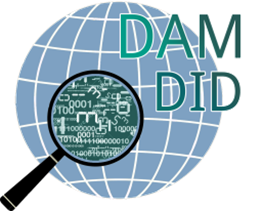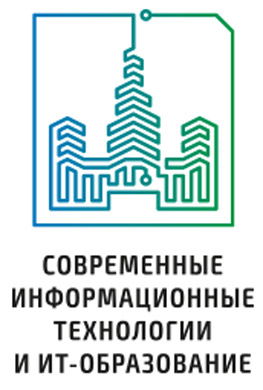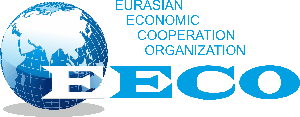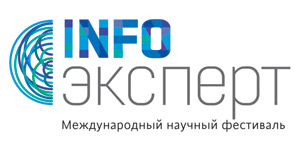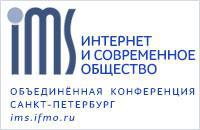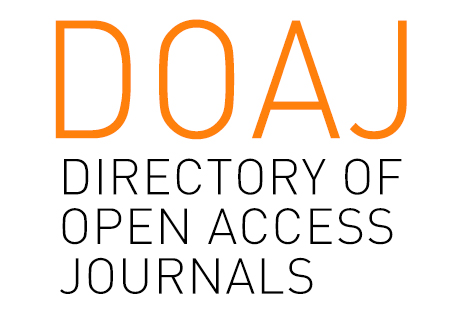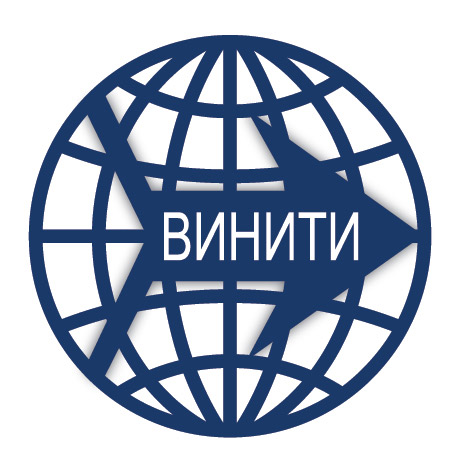Использование семантических активов по логистической и аграрной тематикам в информатизации транспортных коридоров
Аннотация
Информационный оборот в рамках информационного пространства с большим количеством участников предполагает наличие единых правил именования объектов и трансакций с ними. Информационный обмен для взаимодействия с совокупностью предприятиями, работающими в одной предметной области предполагает предоставление набора стандартов, которые определяют порядок информационного взаимодействия с органами власти, поставщиками, подрядчиками. Эти стандарты описывают пространство используемых имен. На базе языка XML разработан ряд тематических словарей, которые устанавливают правила обмена данными в определенной сфере деятельности. В работе приводится описание архитектурного представления систем обмена информацией и указано место семантических активов для стандартизации обмена.
Литература
2. Frendi M., Nachet B., Adla A. Physical Internet Based Ontology for Supporting Traceability in Logistic IoT. International Journal of Computer and Digital Systems. 2024;15(1):427-440. http://dx.doi.org/10.12785/ijcds/150133
3. Singh P., Elmi Z., Meriga V.K., Pasha J. Internet of Things for sustainable railway transportation: Past, present, and future. Cleaner Logistics and Supply Chain. 2022;4:100065. https://doi.org/10.1016/j.clscn.2022.100065
4. Dzemydienė D. Development of Intelligent Service System for Multimodal Transport Management. In: Development of Smart Context-Aware Services for Cargo Transportation. International Series in Operations Research & Management Science. Vol. 330. Cham: Springer; 2022. p. 371-403. https://doi.org/10.1007/978-3-031-07199-7_19
5. Thöni A., Tjoa A.M. Information technology for sustainable supply chain management: a literature survey. Enterprise Information Systems. 2017;11(6):828-858. https://doi.org/10.1080/17517575.2015.1091950
6. Ambra T., Caris A., Macharis C. Towards freight transport system unification: reviewing and combining the advancements in the physical internet and synchromodal transport research. International Journal of Production Research. 2018;57(6):1606-1623. https://doi.org/10.1080/00207543.2018.1494392
7. Kupriyanovskaya Yu.V., et al. Smart Container, Smart Port, BIM, Internet Things and Blockchain in the Digital System of World Trade. International Journal of Open Information Technologies. 2018;6(3):49-94. (In Russ., abstract in Eng.) EDN: YRYSIU
8. Smirnova T.A. Unemployment in rural areas of Russia: the state and possibilities of solving the problem. Era of Science. 2019;(19):62-67. (In Russ., abstract in Eng.) https://doi.org/10.24411/2409-3203-2019-1918
9. Kouznetsova E.M. The Nature and Hierarchy of the International Transportation Corridor Concept. Izvestija Sankt-Peterburgskogo universiteta jekonomiki i finansov. 2009;(1):150-153. (In Russ., abstract in Eng.) EDN: KGXBWH
10. Bubnova G.V., Boreyko A.E. Conceptual, Organisational and Technological Solutions for Development of Digital Platforms for Managing Transportation along International Transport Corridors. Mir Transporta = World of Transport and Transportation. 2022;20;(4):86-97. https://doi.org/10.30932/1992-3252-2022-20-4-7
11. Ahlemann F., Dittes S., Fillbrunn T., Rehring K., Reining S., Urbach N. Managing In-Company IT Standardization: A Design Theory. Information Systems Frontiers. 2023;25:1161-1178. https://doi.org/10.1007/s10796-022-10277-2
12. Samsonovic A.V., Ascoli G.A. Principal Semantic Components of Language and the Measurement of Meaning. PLoS ONE. 2010;5(6):e10921. https://doi.org/10.1371/journal.pone.0010921
13. Kupriyanovsky V., et al. Technologies of Cross-Border Digital Services in The EU, Formalized Ontologies and Blockchain. International Journal of Open Information Technologies. 2018;6(7):66-79. (In Russ., abstract in Eng.) EDN: UTSEOB
14. Manchanda C., Hussain W., Rabhi L., Rabhi F. Towards an API Marketplace for an e-Invoicing Ecosystem. In: van Hillegersberg J., Osterrieder J., Rabhi F., Abhishta A., Marisetty V., Huang X. (eds.) Enterprise Applications, Markets and Services in the Finance Industry. FinanceCom 2022. Lecture Notes in Business Information Processing. Vol. 467. Cham: Springer; 2023. p. 82-96. https://doi.org/10.1007/978-3-031-31671-5_6
15. Hsu C., Wallace W.A. An industrial network flow information integration model for supply chain management and intelligent transportation. Enterprise Information Systems. 2007;1(3):327-351. https://doi.org/10.1080/17517570701504633
16. Notteboom T., Parola F., Satta G., Risitano M. A taxonomy of logistics centres: overcoming conceptual ambiguity. Transport Reviews. 2016;37(3):276-299. https://doi.org/10.1080/01441647.2016.1231234
17. Jelisic E., Ivezic N., Kulvatunyou B., Milosevic P., Babarogic S., Marjanovic Z. A novel business context-based approach for improved standards-based systems integration – a feasibility study. Journal of Industrial Information Integration. 2022;30:100385. https://doi.org/10.1016/j.jii.2022.100385
18. Kupriyanovsky V., et al. Agriculture 4.0: Synergy of the System of Systems, Ontology, The Internet of Things, and Space Technologies. International Journal of Open Information Technologies. 2018;6(10):46-67. (In Russ., abstract in Eng.) EDN: YLGPJZ
19. Lipuntsov Y.P. Identifier and NameSpaces as Parts of Semantics for e-Government Environment. In: Alexandrov D., Boukhanovsky A., Chugunov A., Kabanov Y., Koltsova O. (eds.) Digital Transformation and Global Society. DTGS 2018. Communications in Computer and Information Science. Vol. 858. Cham: Springer; 2018. p. 78-89. https://doi.org/10.1007/978-3-030-02843-5_7
20. Shevchenko V.A., et al. Modern Assessments of the Unused Agricultural Lands in the Lower Volga. Prirodoobustrojstvo. 2020;(2):6-13. (In Russ., abstract in Eng.) https://doi.org/10.26897/1997-6011/2020-2-6-14
21. Tsotsolas N., Komisopoulos F. An integrated LoRa-based IoT platform serving smart farming and agro-logistics. In: Ziouvelou X., McGroarty F. (eds.) Emerging Ecosystem-Centric Business Models for Sustainable Value Creation. IGI Global; 2022. p. 132-158. https://doi.org/10.4018/978-1-7998-4843-1.ch006
22. Remondino M., Zanin A. Logistics and Agri-Food: Digitization to Increase Competitive Advantage and Sustainability. Literature Review and the Case of Italy. Sustainability. 2022;14(2):787. https://doi.org/10.3390/su14020787
23. Ramirez-Asis E., Bhanot A., Jagota V., Chandra B., Hossain Md S., Pant K., Almashaqbeh H.A. Smart Logistic System for Enhancing the Farmer-Customer Corridor in Smart Agriculture Sector Using Artificial Intelligence. Journal of Food Quality. 2022;486974. https://doi.org/10.1155/2022/7486974
24. Huang X.L. Study of Agricultural Product Logistics Information System Based on Multi-Agent. Applied Mechanics and Materials. 2013;457-458:1415-1418. https://doi.org/10.4028/www.scientific.net/amm.457-458.1415
25. Kamilaris A., Ostermann F.O. Geospatial Analysis and the Internet of Things. ISPRS International Journal of Geo-Information. 2018;7(7):269. https://doi.org/10.3390/ijgi7070269

Это произведение доступно по лицензии Creative Commons «Attribution» («Атрибуция») 4.0 Всемирная.
Редакционная политика журнала основывается на традиционных этических принципах российской научной периодики и строится с учетом этических норм работы редакторов и издателей, закрепленных в Кодексе поведения и руководящих принципах наилучшей практики для редактора журнала (Code of Conduct and Best Practice Guidelines for Journal Editors) и Кодексе поведения для издателя журнала (Code of Conduct for Journal Publishers), разработанных Комитетом по публикационной этике - Committee on Publication Ethics (COPE). В процессе издательской деятельности редколлегия журнала руководствуется международными правилами охраны авторского права, нормами действующего законодательства РФ, международными издательскими стандартами и обязательной ссылке на первоисточник.
Журнал позволяет авторам сохранять авторское право без ограничений. Журнал позволяет авторам сохранить права на публикацию без ограничений.
Издательская политика в области авторского права и архивирования определяются «зеленым цветом» в базе данных SHERPA/RoMEO.
Все статьи распространяются на условиях лицензии Creative Commons «Attribution» («Атрибуция») 4.0 Всемирная, которая позволяет другим использовать, распространять, дополнять эту работу с обязательной ссылкой на оригинальную работу и публикацию в этом журналe.
